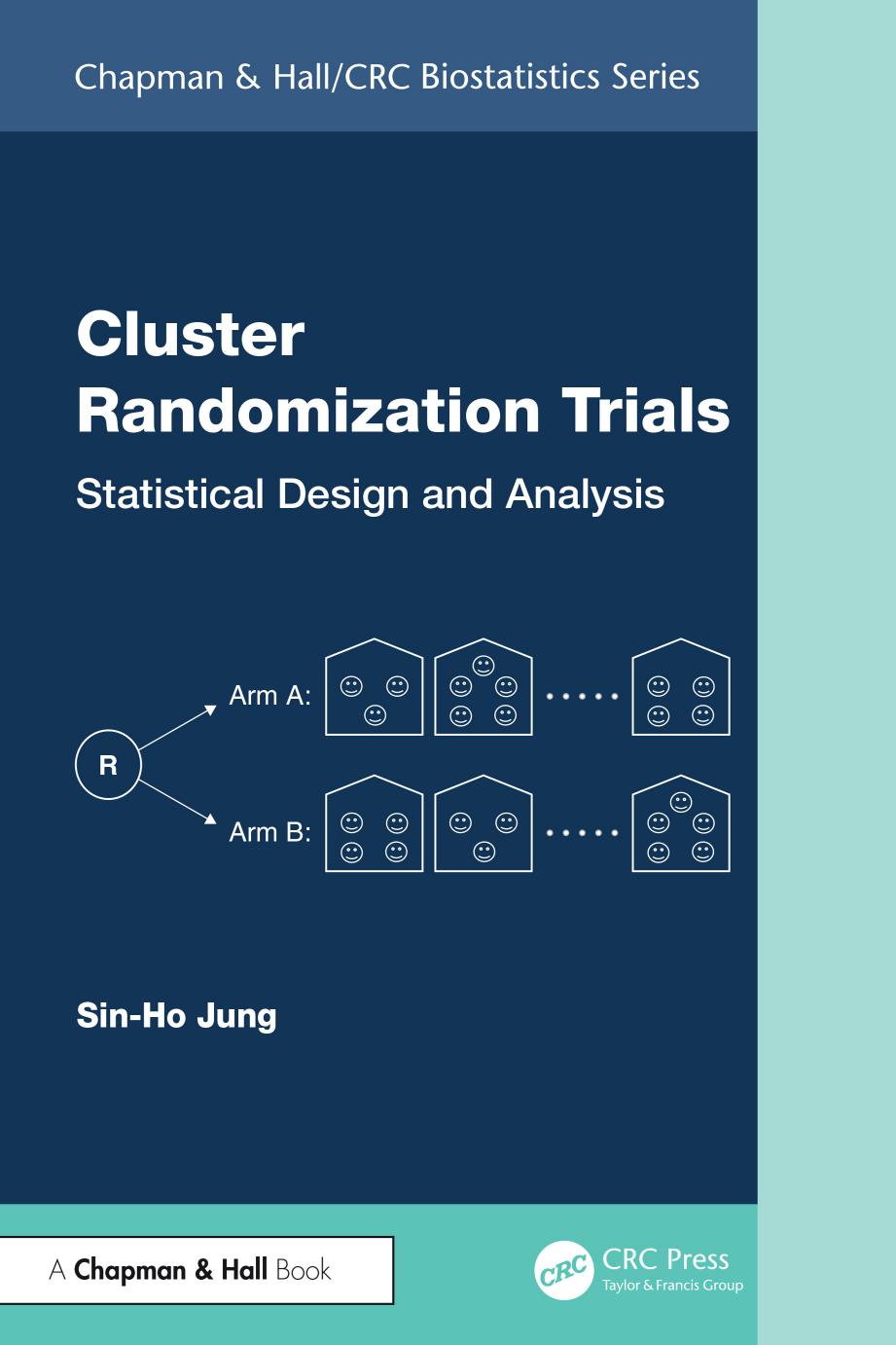

Most ebook files are in PDF format, so you can easily read them using various software such as Foxit Reader or directly on the Google Chrome browser.
Some ebook files are released by publishers in other formats such as .awz, .mobi, .epub, .fb2, etc. You may need to install specific software to read these formats on mobile/PC, such as Calibre.
Please read the tutorial at this link: https://ebookbell.com/faq
We offer FREE conversion to the popular formats you request; however, this may take some time. Therefore, right after payment, please email us, and we will try to provide the service as quickly as possible.
For some exceptional file formats or broken links (if any), please refrain from opening any disputes. Instead, email us first, and we will try to assist within a maximum of 6 hours.
EbookBell Team

4.8
104 reviewsIn a clinical trial, multiple sites (such as teeth or ears) from each subject may be randomized between different treatment arms. In this case, the sites (subunits) of each subject (cluster) share common genetic, physiological, or environmental characteristics so that their observations tend to be positively correlated. This kind of trials are called subunit randomization trials (SRTs). In SRTs, dependency exists both within and between treatment arms.
Individually randomized group treatment (IRGT) trials are composite of traditional independent subject randomization and CRTs. In an IRGT trial, the control arm is to treat patients individually, whereas the experimental arm is to treat patients using a group training, education, or treatment to increase the treatment effect by close interactions among patients. As a result, the outcome data of the control arm are independent as in traditional trials, but those in the experimental arm are correlated within each group (cluster) as in CRTs. Hence, two arms in IRGT trials have different dependency structures. Unlike standard CRTs, clusters of IRGT trials are usually organized after randomization. But statistically, they have identical statistical issues between the two types of trials, i.e., accounting for the dependency within each cluster.
Although this book is entitled Cluster Randomization Trials, it covers all three types of trials (i.e., CRTs, SRTs, and IRGT trials) resulting in clustered data. For outcome variables of binary, continuous, and time-to-event
…